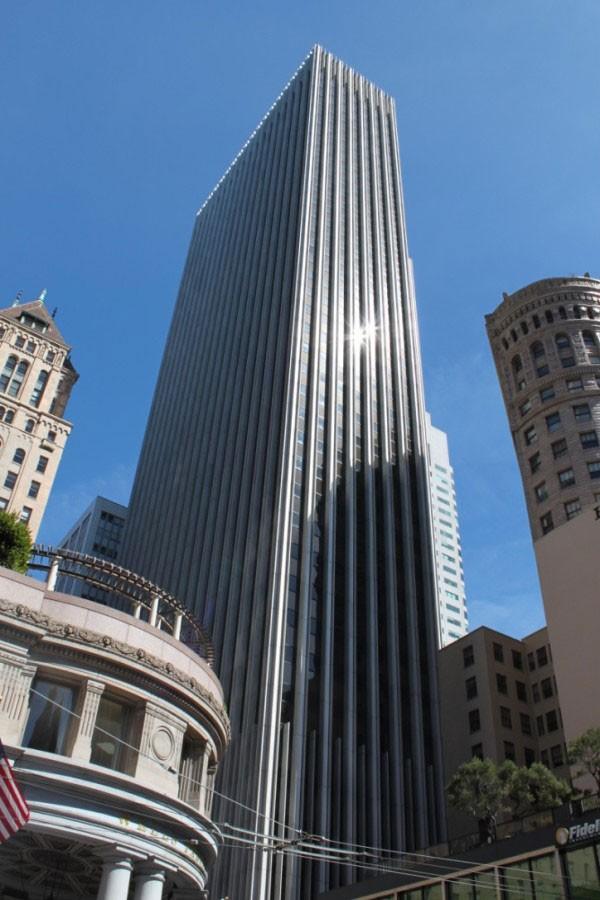New Northwestern campus brings together journalists, engineers in San Francisco
Alice Yin/Daily Senior Staffer
Northwestern’s new San Francisco campus will be housed in the former headquarters of Wells Fargo bank. The program will begin Winter Quarter 2017.
April 4, 2016
Engineers and journalists will come together to study the intersection of design and media innovation as part of a new quarter-long, San Francisco-based immersion program beginning next Winter Quarter.
The Bay Area Immersion Experience will send 24 students — 12 from the Medill School of Journalism, Media, Integrated Marketing Communications and 12 from the McCormick School of Engineering — to San Francisco to explore the Bay Area’s entrepreneurial culture.
“San Francisco and the Silicon Valley (are) the center of the technology-innovation culture in the United States and probably the world,” said Medill Prof. Owen Youngman, a program faculty member.
Students who are accepted will take four courses designed to incorporate skills in both journalism and design innovation as well as participate in co-curricular activities.
The courses and programs are still under faculty development but will be specifically formulated to benefit both engineers and journalists, said Bruce Ankenman, co-director of the Segal Design Institute and a program coordinator. All engineering and journalism students will take the courses together, he added.
“The goal is to have them work together on topics that are of interest to both, have them work together to see the benefits of the other discipline, and to do it in the Bay Area (and) Silicon Valley area where they can take advantage of the tech ecosystem,” Ankenman said.
Two courses will focus on media and the other two on design. One of the design courses will be a practicum, in which students will work together to apply the design process to specific challenges posed by clients.
“The way journalists and engineers think are different, and exposing them each to different varieties of linear and nonlinear thinking — different ways of problem solving — just broadens their ability to pick the right solution to the problem when they encounter one,” Youngman said.
Two fall courses will be recommended as preparatory courses for the winter program. Medill students will be encouraged to take an introductory design course, while both McCormick and Medill students will be encouraged to take a journalism course focused on media innovation and startup culture in Chicago.
The University will help offset living expenses above the average living cost on-campus in Evanston, Ankenman said. Additional grant funding will be determined on an individual basis.
“The intention of this program is to make it essentially cost-neutral to students that would be in Evanston otherwise,” Ankenman said.
The application for the program is due April 18. Decisions will be communicated by April 29 and accepted students will have the opportunity to pre-register for the fall preparatory courses.
“We have to start recruiting for the program before every detail is nailed down,” Youngman said. “This opportunity is a beta, but we think that it’s going to be a really great beta.”
McCormick sophomore Joanna Li is considering applying to the program. She said she is drawn to the concept behind the new program and helping shape a new experience for students.
“McCormick puts a lot of emphasis on whole-brain engineering,” Li said. “You can learn a lot from people who are not engineers, and I think journalists especially bring a different way of thinking to the table that can really benefit a project or a process.”
Email: [email protected]
Twitter: @kellipnguyen












